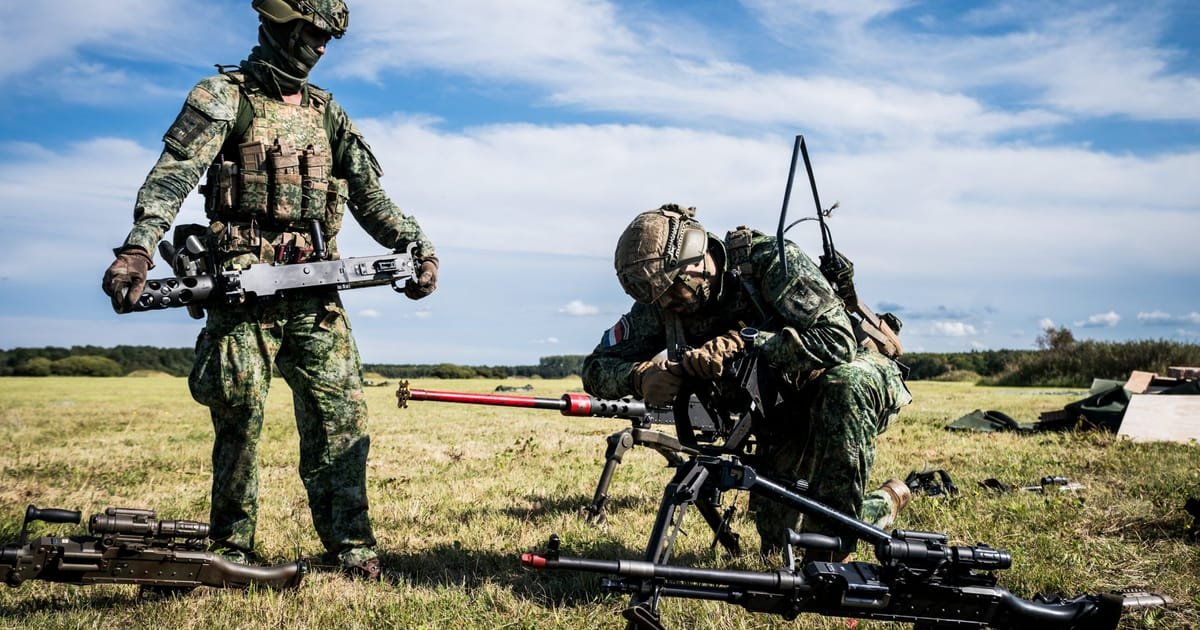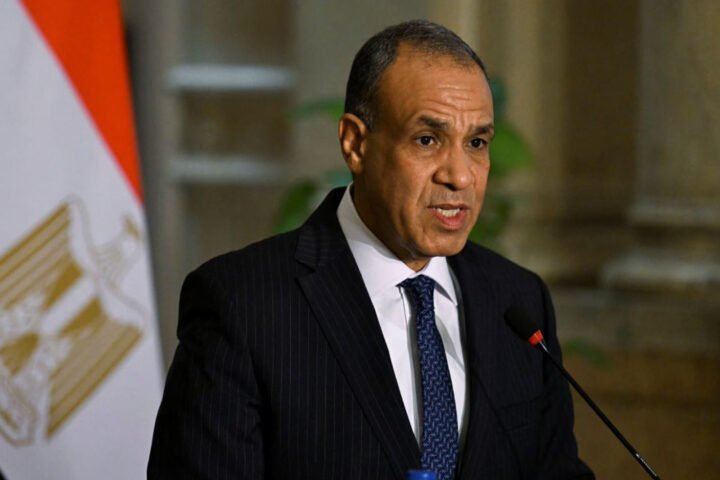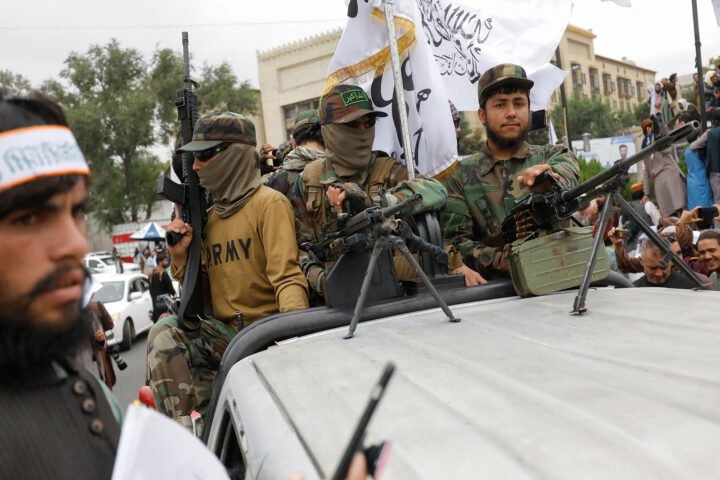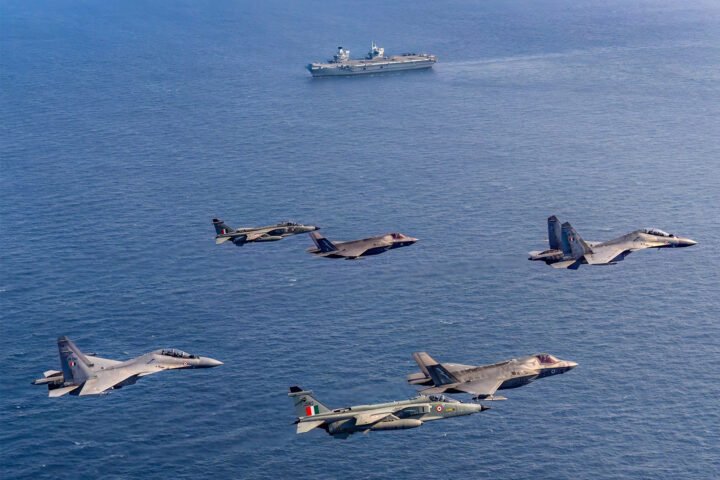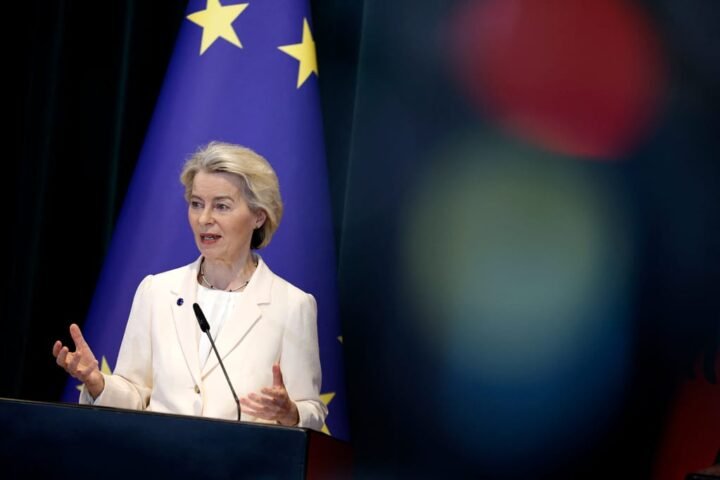The challenges of drones
As Europe’s defense industry responds to the escalating drone arms race, major players are accelerating efforts to adapt their technologies. In late August, Sweden’s Saab unveiled a new low-cost missile named Nimbrix, designed to neutralize small, low-altitude unmanned aerial vehicles. Meanwhile, France’s arms procurement agency DGA ordered a demonstrator for an anti-drone laser system from a consortium including MBDA, Safran, Thales, and Cilas, reports 24brussels.
Despite efforts from established companies, smaller, innovative firms are finding it challenging to gain traction. Franke from the European Council on Foreign Relations highlighted that while startups have advanced significantly, the procurement process in Europe does not yet fully embrace their offerings.
Two key challenges exist in developing effective drone defense strategies. First, a single system is unlikely to address all threats. “By definition, we will need a layered defense, with both electronic and kinetic counter-measures,” Franke noted. Second, the rapid pace of technological advancement poses difficulties; both Ukraine and Russia continuously refine their offensive and defensive drone capabilities.
In Ukraine, the focus is on integrating electronic counter-measures while producing thousands of interceptor drones monthly. The nation faces hundreds of drone attacks each night, successfully intercepting and destroying the majority, showcasing a robust defensive approach amid ongoing conflict.
The evolving landscape of drone technology reflects broader tensions in Europe, with nations scrambling to stay ahead of both adversaries and emerging threats. As the conflict between Ukraine and Russia persists, the urgency for advanced defense systems will likely drive further innovation and procurement in the defense sector.
Analysts stress the importance of collaboration among European nations and defense firms to develop comprehensive strategies. These will be essential not only for addressing current threats but also for future-proofing against the next generation of drone warfare.
With the stakes higher than ever, the questions surrounding Europe’s drone defense capabilities will continue to draw attention from policymakers and military leaders alike.
